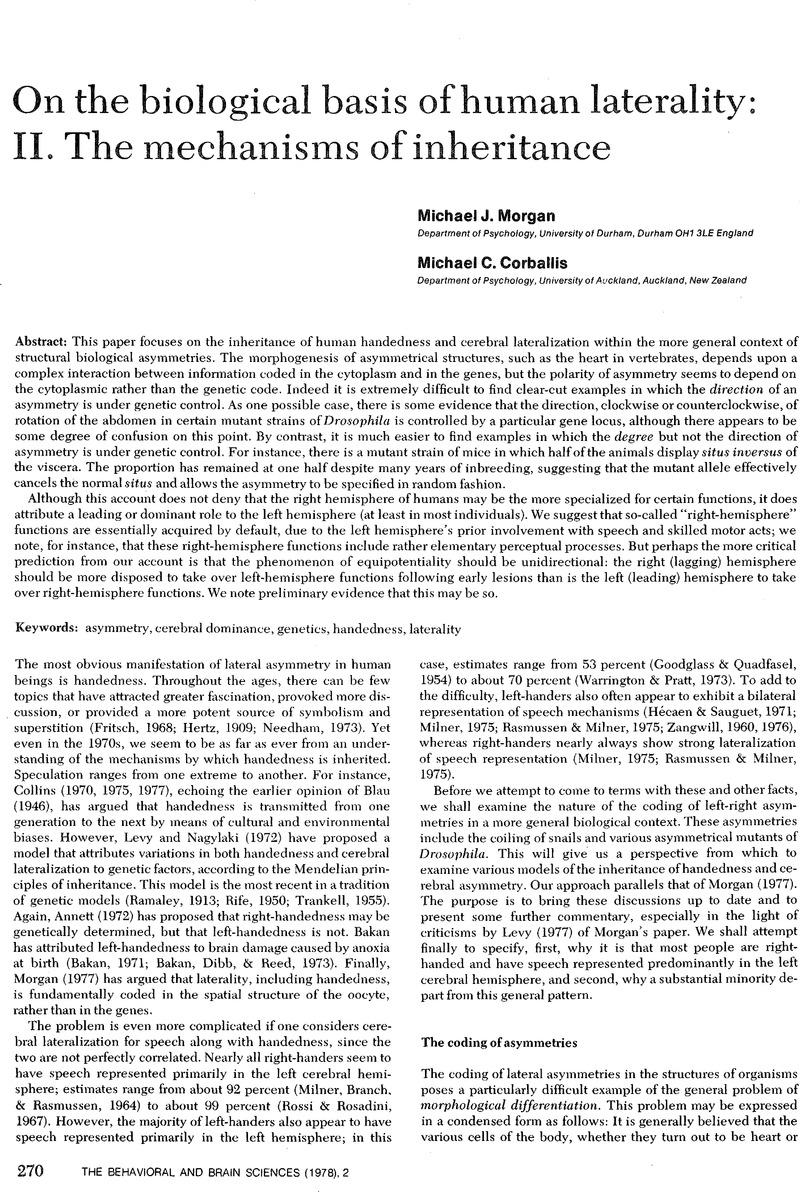Crossref Citations
This article has been cited by the following publications. This list is generated based on data provided by Crossref.
Bertelson, Paul
1982.
Lateral Differences in Normal Man and Lateralization of Brain Function.
International Journal of Psychology,
Vol. 17,
Issue. 1-4,
p.
173.
Flin, Rhona
and
Dziurawiec, Suzanne
1989.
Handbook of Research on Face Processing.
p.
335.



